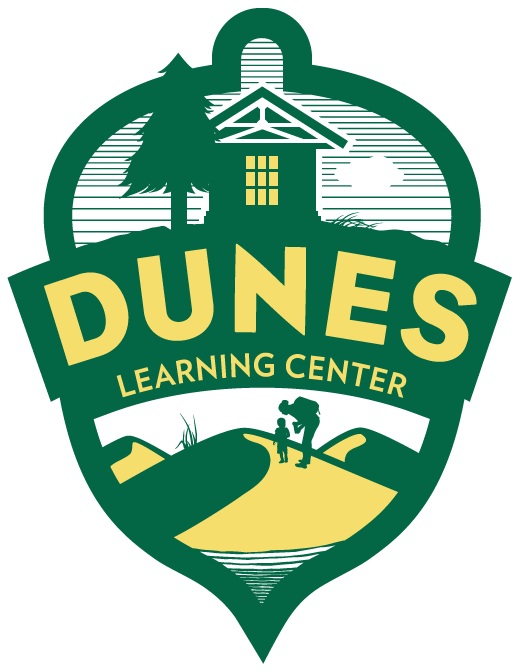Exploring Nature Through a Lens
/One activity we like to do with campers and students here at Dunes Learning Center is nature journaling. It typically involves writing or drawing as you reflect on the world around you. Personally, I like to write and draw, but I’ve never been one to sit still very long, so I’ve found an outlet in nature photography.
I got my first digital camera when I was about 8 years old, and after that, I brought it with me on every road trip my family took from Maryland – out west, down south, to the northeast… I took pictures of everything, from bison to bears, from prairie dogs to petrified trees, from signs to my siblings. Most of my photos were landscape photos because my 2007 Nikon Coolpix didn’t have great zoom, focus, or shutter speed for taking close-ups or pictures of moving animals.
In spring of 2020, I finally got myself a Nikon DSLR camera – a real, serious, big-person camera with a much better zoom lens. Since then, I have had a lot of time to practice and get outside, and I’ve especially fallen in love with bird photography.
Birding (or birdwatching) in general takes a lot of patience, practice, and quiet. When I wake up and am on the trail by 8am, carefully placing my feet one after another as I move closer to an interesting bird call, and I’m all alone except for the natural world around me, it’s a meditative experience that engages my whole brain. I’m simultaneously trying to keep track of where I’m going, make sure I don’t step in anything I shouldn’t step in (whether that’s poison ivy or an endangered plant), filter through forest sounds, figure out where a bird is and what it is – it’s both exhilarating and relaxing, somehow. All I’m worried about is this, not what I’m doing tomorrow or next week or what I need to get from the grocery store.
The 6 S’s I tell kids to look for when they see a bird are its shape, size, shade (color pattern), sound, space (habitat), and other signs that could help us with identification – photography records a few of those things for me, if I can get a good shot! Of course, birds never stop moving, so I’ve had to really practice taking a quick picture with the correct settings and placement in addition to working on my identification skills. I still consider myself a beginner, and sometimes, the picture looks like this:
I think I jumped when this downy woodpecker jumped! But other times, I get lucky – luck is a big part of bird photography, or any nature photography, in my opinion, just as much as practice and getting everything right – and the photo turns out like this one of a perched downy woodpecker with the fall colors in the background.
I think my favorite thing so far about working as a naturalist for Dunes Learning Center has been existing in the national park – with so many cool ecosystems nearby, I can walk to work and see an awesome number of birds. I was recently complaining about how I never had my camera with me when the ruby-throated hummingbirds visited the native gardens in front of Cowles Lodge, so I decided to just have my camera with me any time I was near the garden until I got a good picture of a hummingbird.
They’re so small and so fast, I assumed it would take me weeks to get a picture! But then, the very next morning, I showed up to the lodge early before work, and to my great surprise, there were SIX hummingbirds waiting for me! I got a few lucky shots, and my quest for a good hummingbird picture was accomplished in less than a day.
My next quest while I’m here? A quality picture of the red-tailed hawk that lives by Goodfellow Lodge and the fields. I look forward to the challenge and the time well-spent outdoors!
Ro Bowman
Naturalist










